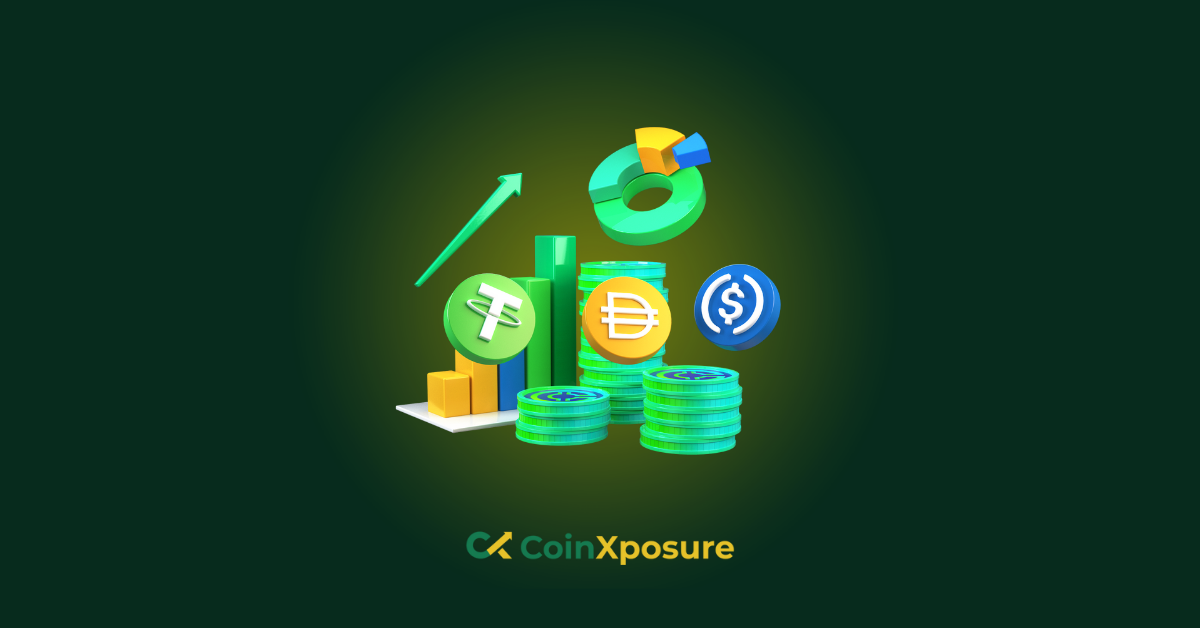
Best Practices for Portfolio Diversification in DeFi
Decentralized Finance (DeFi) has emerged as a transformative force within the financial landscape, offering unprecedented opportunities for investment and wealth generation.
However, with the myriad of DeFi assets and protocols available, the importance of portfolio diversification cannot be overstated.
In this article, we will explore the best practices for achieving optimal portfolio diversification in DeFi, ensuring resilience against market volatility and mitigating risks while capitalizing on the potential for high returns.
Understanding Decentralized Finance Assets
Decentralized Finance (DeFi) assets encompass a wide range of digital tokens and protocols that operate on blockchain networks.
These assets enable various financial activities such as lending, borrowing, trading, and yield farming in a decentralized manner, removing the need for intermediaries like banks or brokers.
DeFi assets often derive their value from their utility within these protocols or from their ability to generate returns through staking, liquidity provision, or governance participation.
Understanding the different categories and functions of DeFi assets is crucial for effective portfolio management and risk assessment in the rapidly evolving DeFi ecosystem.
Principles of Portfolio Diversification in DeFi
The principles of portfolio diversification in DeFi revolve around spreading investment across different types of assets, protocols, and risk levels to reduce exposure to any single point of failure and to optimize risk-adjusted returns. Diversification entails:
- Asset Allocation
- Protocol Diversification
- Correlation Consideration
- Risk Management
- Long-Term Perspective
Asset Allocation
Distributing investments across various types of DeFi assets, such as lending protocols, decentralized exchanges, yield farming platforms, and synthetic assets, based on their risk-return profiles and correlation with each other.
Protocol Diversification
Investing in multiple DeFi protocols and platforms to mitigate the risk of protocol-specific vulnerabilities, smart contract bugs, or regulatory uncertainties. This includes diversifying across different blockchain networks and layer-two solutions.
Correlation Consideration
Analyzing the correlation between different DeFi assets and protocols to ensure that the portfolio is not overly exposed to systemic risks. Choosing assets with low or negative correlation can help hedge against market downturns.
Risk Management
Implementing risk management techniques such as setting stop-loss orders, utilizing decentralized insurance platforms, and limiting exposure to high-risk assets or protocols. Regularly monitoring the portfolio and rebalancing allocations based on changing market conditions is also essential for risk mitigation.
Long-Term Perspective
Maintaining a long-term investment horizon and avoiding short-term speculation can help ride out market volatility and capitalize on the potential of promising DeFi projects over time. Patience and discipline are key principles in portfolio diversification in DeFi.
By adhering to these principles, investors can construct a well-balanced DeFi portfolio that maximizes returns while minimizing exposure to specific risks within the decentralized finance ecosystem.
Best Practices for Portfolio Diversification in DeFi
Best practices for portfolio diversification in DeFi include:
- Asset Allocation
- Protocol Diversification
- Research and Due Diligence
- Risk Management
- Regular Monitoring and Rebalancing
- Long-Term Perspective
- Stay Informed
Asset Allocation
Allocate investments across different categories of DeFi assets, such as lending, decentralized exchanges, yield farming, and synthetic assets, based on their risk-return profiles and correlation.
Protocol Diversification
Diversify investments across multiple DeFi protocols and platforms to spread risk and avoid overexposure to any single protocol’s vulnerabilities or failures.
Research and Due Diligence
Conduct thorough research and due diligence on DeFi projects before investing to understand their underlying technology, team, security measures, and potential risks.
Risk Management
Implement risk management techniques such as setting stop-loss orders, using decentralized insurance platforms, and limiting exposure to high-risk assets or protocols.
Regular Monitoring and Rebalancing
Regularly review portfolio performance and adjust allocations based on changing market conditions, new opportunities, and emerging risks.
Long-Term Perspective
Maintain a long-term investment horizon and avoid succumbing to short-term market fluctuations or FOMO (Fear of Missing Out). Patience and discipline are key to successful portfolio diversification in DeFi.
Stay Informed
Stay informed about the latest developments, trends, and regulatory changes in the DeFi space to make informed investment decisions and adapt your portfolio strategy accordingly.
By following these best practices, you can build a well-diversified portfolio in the dynamic and rapidly evolving landscape of Decentralized Finance (DeFi), maximizing potential returns while minimizing risks.
Conclusion
Portfolio diversification is paramount in navigating the decentralized finance (DeFi) landscape effectively. By spreading investments across various assets, protocols, and risk levels, investors can mitigate exposure to single points of failure and optimize risk-adjusted returns.
Through asset allocation, protocol diversification, diligent research, and risk management techniques, investors can build resilient portfolios capable of withstanding market volatility and capitalizing on the vast opportunities presented by DeFi.
Moreover, maintaining a long-term perspective, staying informed about market developments, and seeking professional advice when necessary are essential components of successful portfolio diversification in DeFi.
By adhering to these principles and best practices, investors can position themselves to thrive in the ever-evolving world of decentralized finance, while safeguarding their capital and achieving their investment objectives.





